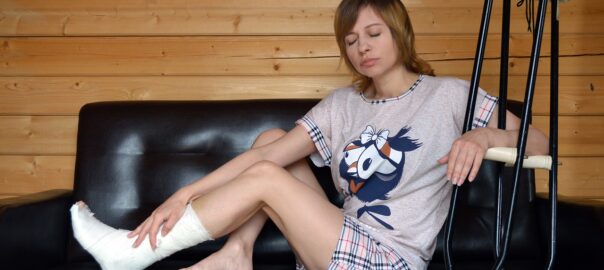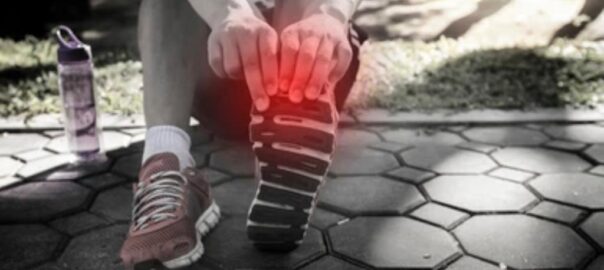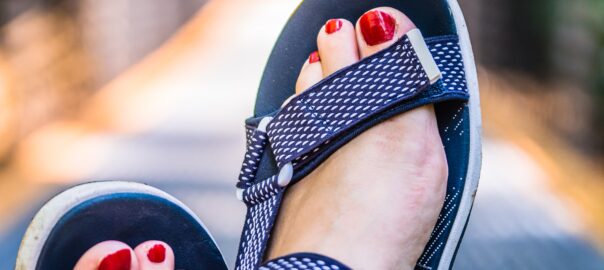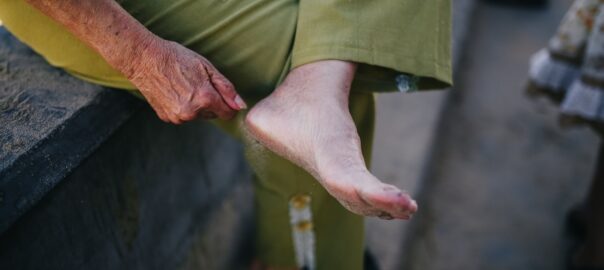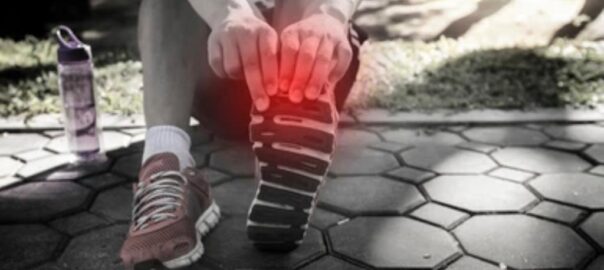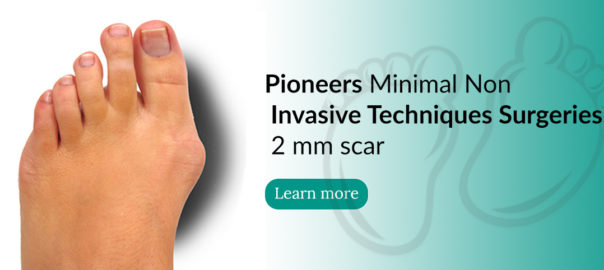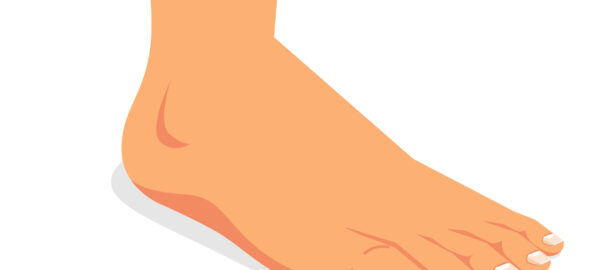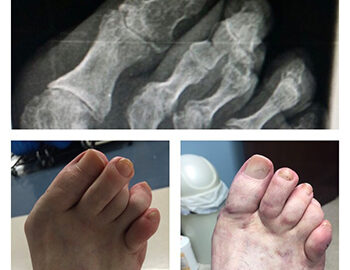Chronic Pain from Broken Ankles
Many patients in Chicago seek broken ankle treatments. A broken ankle is experienced when a person fractures their tibia or fibula in the lower leg and ankle area. Both of these bones are attached at the bottom of the leg and combine to form what we know to be our ankle.
Dealing with chronic pain can be challenging, but there are several approaches you can consider to help manage your symptoms. However, it’s important to consult with a Chicago podiatrist, who can provide you with personalized advice based on your specific situation. Here are a few general strategies that may be helpful:
- Medication: Over-the-counter pain relievers like acetaminophen or nonsteroidal anti-inflammatory drugs (NSAIDs) can help reduce pain and inflammation. Your doctor may also prescribe stronger medications or topical creams specifically for managing chronic pain.
- Physical therapy: Working with a physical therapist can be beneficial for strengthening the muscles around your ankles, improving flexibility, and promoting overall mobility. They may also use techniques such as ultrasound or electrical stimulation to alleviate pain.
- Assistive devices: Depending on your needs, your foot doctor might recommend using crutches, a cane, or a brace to provide support and reduce stress on your ankles. These devices can help you move around more comfortably and protect your injured ankles.
- Heat and cold therapy: Applying heat or cold to your ankles can help alleviate pain. Heat can relax muscles and improve blood flow, while cold therapy can numb the area and reduce inflammation. Experiment with both methods to see which provides more relief.
- Transcutaneous electrical nerve stimulation (TENS): TENS is a non-invasive technique that uses a device to deliver low-voltage electrical currents to specific areas of the body. It can help block pain signals and promote the production of endorphins, which are natural pain relievers.
- Mind-body techniques: Practices such as meditation, deep breathing exercises, and relaxation techniques can help reduce stress and promote a sense of well-being, which may indirectly alleviate pain.
Remember, these are general suggestions, and it’s important to consult with a podiatrist in Chicago for a comprehensive evaluation and tailored recommendations based on your condition. They can assess your situation, review your medical history, and provide appropriate guidance for managing your chronic pain effectively.


